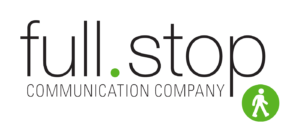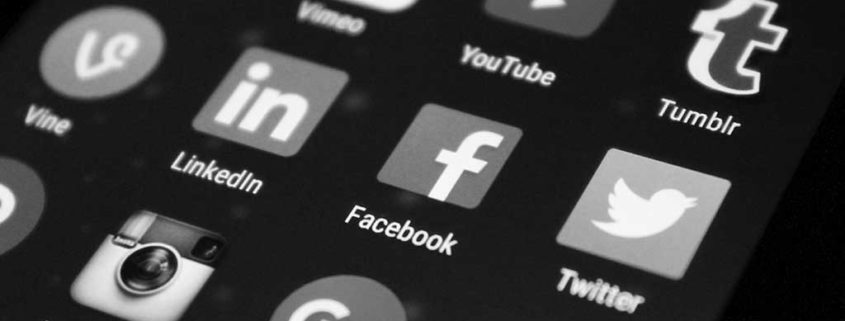Fight the half-life: maximize social media exposure
Want to get the word out about an idea or product? Here’s a hint: purposely maximize social media exposure. The amazing thing about social media is that there are many different platforms with billions of users. The downside to social media: there are many different platforms with billions of users. They all want to be heard, retweeted, liked or followed. And that is why, a mere minutes after logging on to Twitter, coming up with an amazing thought, putting it in 140 characters and submitting it… that tweet has already started its descent into the vast nothingness of Internet oblivion. So then, how do you maximize social media exposure?
Conquering the half-life
Depending on who you ask, the “half-life” of a post on Twitter is somewhere between five minutes and half an hour. In that time, half of all users who will ever engage with that Tweet will have done so. After a few more hours, the chances that your target audience will see what you wrote are slim to none.
Facebook’s half-life is nearly as short. On LinkedIn, a submission has a fighting chance to be seen for a day or so. On YouTube, videos have a half-life of a few week and blogs are forever (not really, but a couple of years).
These are obviously not numbers that the social media giants like to advertise.
“Join Twitter and write things your target audience likely won’t see unless they are logged on at the time you post” is not a winning slogan. And, with more people worldwide having access to social media, the half-life of posts is more likely to go down than up.
None of this means you should stop using any of these platforms. You just have to be smart about how you use them. Recognize their respective advantages and limitations and maximize social media exposure.
Maximize social media exposure
Twitter has the shortest half-life of any major social media platforms. This means that logging on, writing a single Tweet and hoping it reached a large part of followers is not a recipe for success. However, since the platform is easy to use and people see so many messages, there is no harm in tweeting a similar message multiple times throughout the day.
That is also a good way to measure engagement. Is your target audience more likely to like or share a post in the morning, during business hours or in the evening? Will there certain words get a better response? What if a Tweet links to the company blog or a press release?
Also use more than one medium. Effective communication takes place across multiple social media platforms. It might start with a Tweet and a Facebook post. Then another tweet later in the day plus a LinkedIn article that is shared on Twitter and Facebook again. Since all of these platform have a fairly short half-life, the same article can be posted to the company blog where it can always be found.
The bottom line is that the key to using different social media platforms is to recognize their respective potential and limitations. The more information a user has, the more effective their communication will be.




Leave a Reply
Want to join the discussion?Feel free to contribute!